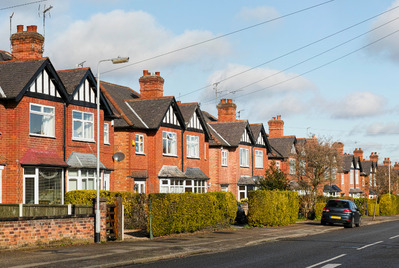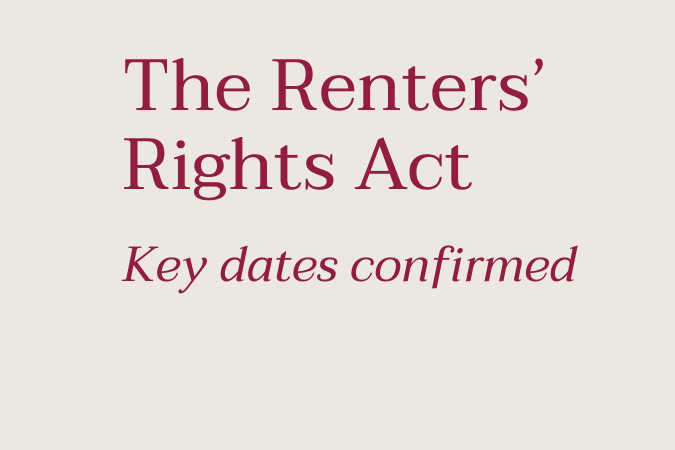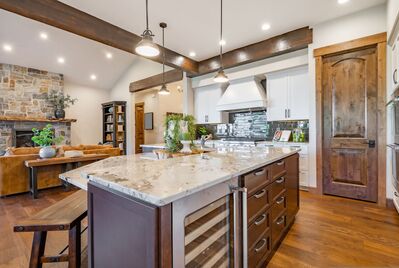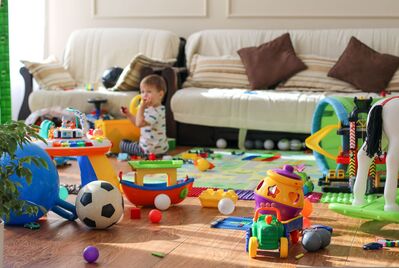Ways to increase your rental yield

Ways to increase your rental yield
The UK rental sector has become more and more competitive in the past decade, with people’s tastes, needs and preferences changing over time.
By setting your rental property up to cater towards a specific target audience, you could be able to attract tenants who are willing to pay a little more rent to enjoy the lifestyle they desire.
Remote working
Remote working is on the rise, for example, as employers become more flexible and more people opt to go self-employed. You could therefore make sure you appeal to this demographic with high-speed internet and a designated workspace.
Going green
Going green could help you to stand out from other properties in your area, reduce your tenants’ energy bills and improve your property’s energy efficiency rating – all useful factors in increasing how much rent you can legitimately charge.
Painting your property
There’s no legal timescale for repainting a rental property. However, it’s wise to keep your property in good condition, both for the benefit of your current tenants, and to make it easier to attract new ones. Many landlords recommend repainting (or completely redecorating) once every five to six years.
Replacing carpets
Most landlords will review the carpets in their rental property every five years. When a carpet needs replacing depends on the quality of the one you bought – a better quality carpet could last up to 10 years, while a lower quality one may only last three to five years. It also depends on the usage – the carpet in a student property is likely to get a lot more use than one in a property rented by a single young professional.
Kitchens
During or in between tenancies, there may be urgent repairs or upgrades you need to make, such as fixing the oven or replacing the microwave. That said, most kitchens in rental properties will last around 10 years before needing a full refurbishment.
It’s important to remember that with tenants moving in and out of the property frequently during this period, you’ll need a durable kitchen. Features like hard-wearing floors and non-scratch surfaces can give the kitchen more longevity.
Improve storage
For most people, moving into a rental property will mean having to streamline their possessions a little. Storage space can be hard to come by, particularly in smaller city-centre flats and house shares, but remains a valuable asset to have.
Assess your space and consider how you can maximise it with shelving and cabinets, and get creative in the kitchen with organisers. Built-in or sliding-door wardrobes are also a good option for making a space feel bigger, while bicycle storage could be a deal breaker for those without a car.
Consider allowing pets
Allowing animals is another way to stand out in the market, while potentially charging a higher rent and increasing your rental yield. Bear in mind that you may need to take a few extra steps to pet-proof your property first. High fences or secure gates for example may make potential tenants feel more comfortable in bringing their furry friends along. Your openness to pets may also vary depending on whether you’re renting out your property furnished or unfurnished, as well as whether you have carpet or wooden flooring.
Aim for long-term lets
While short lets may give you more flexibility in taking your property back, long-term letting is the way to go if you want to maximise your rental yield. Keeping tenants around for longer will help you to avoid vacant periods where you aren’t collecting any rent, while reducing the costs and fees associated with finding new ones.
If you would like advice on your property please contact our Property Management team, who are always happy to help.
Phone: 01727 861199 or Email: property.management@frosts.co.uk






